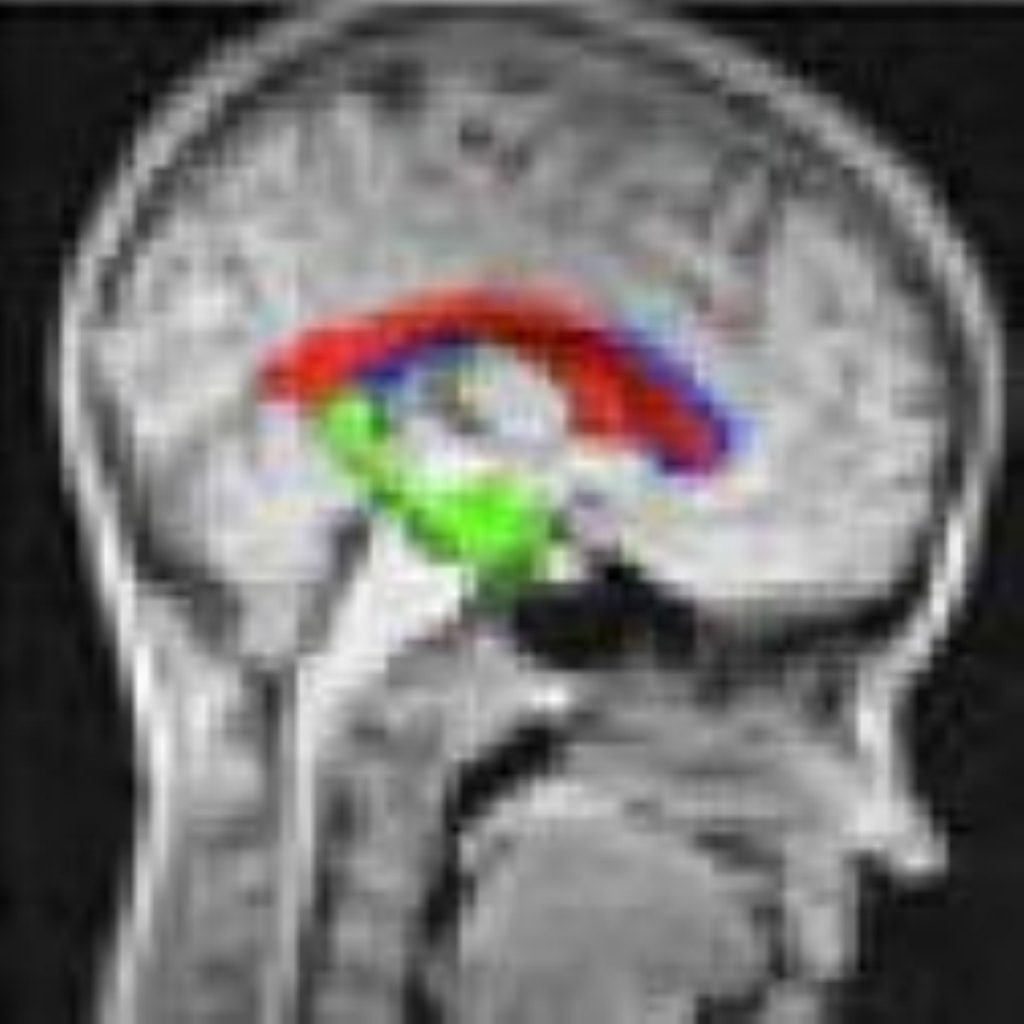Stroke progress marred by waiting times
By Alexis Alison
Just 17% of stroke patients in 2008 reached the stroke unit within four hours of their arrival at the hospital, according to a new report released today.
The failure comes despite well understood medical knowledge that stroke patients should be immediately be admitted to a specialist stroke unit to limit serious damage to brain functions.
The worrying report highlights how many stroke patients still do not receive proper brain imaging.


While performance indicators show an increase in stroke treatment, the National Audit Office (NAO) report claims this progress has not been universal and follow-up care and prevention still requires further development.
The otherwise positive report did find some cause for celebration however.
“Care for people who have had a stroke has significantly improved since we reported in 2005,” said Amyas Morse, head of the NAO.
“There is still work to be done though: the poorer performers must be dragged up to the same standard as the best, so that the gains that have been made are sustained and value for money improved further.
“The Department [of health] should focus on ensuring that health, social care and employment services are working together much more effectively.”
Approximately 300,000 people in the UK are living with moderate to severe disabilities due to stroke and, of the patients surveyed by the NAO, only half of the stroke survivors said they were given advice on further stroke prevention.
Although the NHS has clearly made vast improvements, the NAO worries that the medical and technological developments may not be implemented widely or properly.
But with £59 million in funding over its first two years, the national stroke strategy has significantly improved the condition of patients’ care and outcomes, according to the report.
In 2005, the NAO named stroke as one of the top three causes of death and the largest cause of disability in England, costing the NHS over £3 billion a year; however, stroke historically had had a low priority within the NHS.
In response to the concerns raised by the NAO, the Department of Health (DoH) introduced the National Stroke Strategy in 2007 and allocated more than half of the funding to local authorities to provide support and services to patients and their carers.
Since introducing the strategy, the NHS has witnessed higher survival rates and the NAO even estimates a four per cent increase in life expectancy for stroke patients.
In February 2009, the DoH also introduced the ‘Stroke: Act FAST’ campaign, which proved to be an especially successful method of stroke prevention and care. From April to June 2009, the number of suspected stroke calls increased by 54 per cent in comparison to the previous year.

